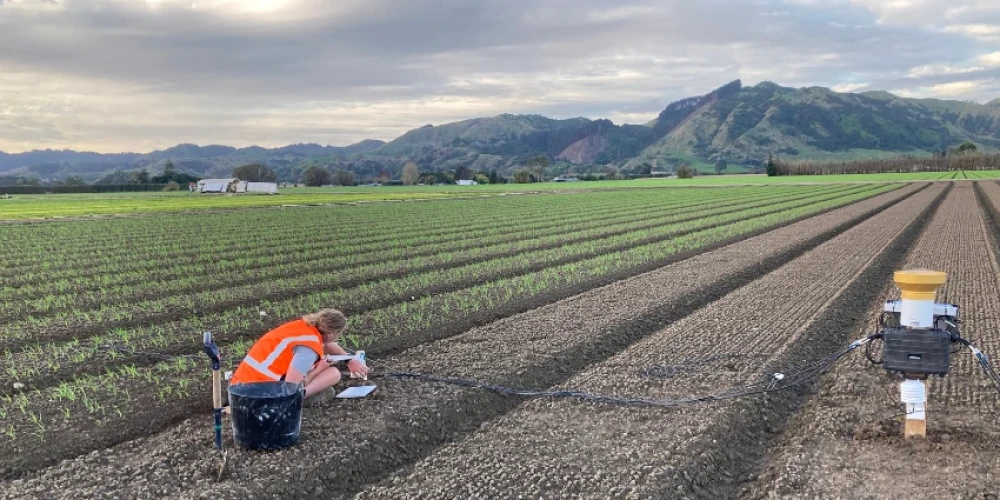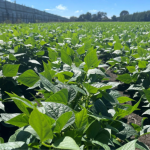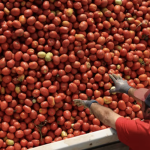Two Years in the Soil - Lessons from Real-Life Regenerative Agriculture Trials
Added 3 months ago

On a Gisborne vegetable farm, a soil health experiment is sowing more than just salad greens and sweetcorn, it’s offering hopeful signs for the future of sustainable farming.
Protecting the Lifeblood of Farming
LeaderBrand has embarked on a regenerative agriculture journey to restore soil health after years of intensive cultivation. By planting cover crops such as barley and black oats, the company is protecting and replenishing the soil—regarded as the true lifeblood of the farm. These crops are not grown for sale but to stabilise soil, recycle nutrients, and feed the microbial communities vital for resilience and productivity.
A New Approach
The farm has introduced permanent beds, traffic lanes for machinery to reduce compaction, and regenerative practices such as cover crops and compost. Unlike organics, regenerative agriculture is not a rulebook but a flexible toolbox, offering farmers the ability to improve soil health through tailored interventions.
The Trials
With support from Woolworths and scientists from Plant & Food Research’s Bioeconomy Science Institute, LeaderBrand established two trial sites: sandy soils for winter greens and heavy clay soils for summer sweetcorn. Each site was divided into conventional and regenerative zones. Compost and cover crops were applied to the regenerative plots, alongside standard fertiliser inputs to ensure crop needs were met.
After the first year, microbial life intensified in the regenerative soils, showing early signs of revival. By the second year, the clay soils in the sweetcorn paddocks showed a noticeable shift toward better structure and workability. Yields were maintained or improved, and fertiliser use was reduced by up to 34% when nitrogen-fixing cover crops such as vetch were incorporated.
Challenges in the Field
The trials also highlighted the realities of farming under pressure. Cyclone Gabrielle in 2023 damaged crops, while nematodes in 2024 caused significant spinach losses. Compost use brought logistical and safety challenges, with inconsistent results in some batches. Despite these issues, regenerative plots often showed greater resilience and stronger crop performance.
Looking ahead, LeaderBrand plans to expand trials with biochar—carbon-rich material that can store water and nutrients and enhance soil biology.
Building Momentum
The trials have captured attention across the sector. Scientists describe the results as encouraging, especially given the short timeframe. Field days have attracted growers keen to learn, while Woolworths views the project as a practical step toward its sustainability commitments.
For the farming team, the message is clear: regenerative practices are not optional but essential. Healthy soil underpins food production and long-term resilience. The first two years of trials show that even modest changes can make a measurable difference—and that building sustainability from the ground up is not only possible, but necessary.
Join the conversation
Be the first to leave a comment.
Leave a comment
All comments are reviewed before they are published on the website. Your email address will not be published.



Community Engagement and Knowledge Sharing Strengthen the Carbon Positive Project


Farewell to Trustee Phil Schofield – A Foundational Leader of the HBFFCT

